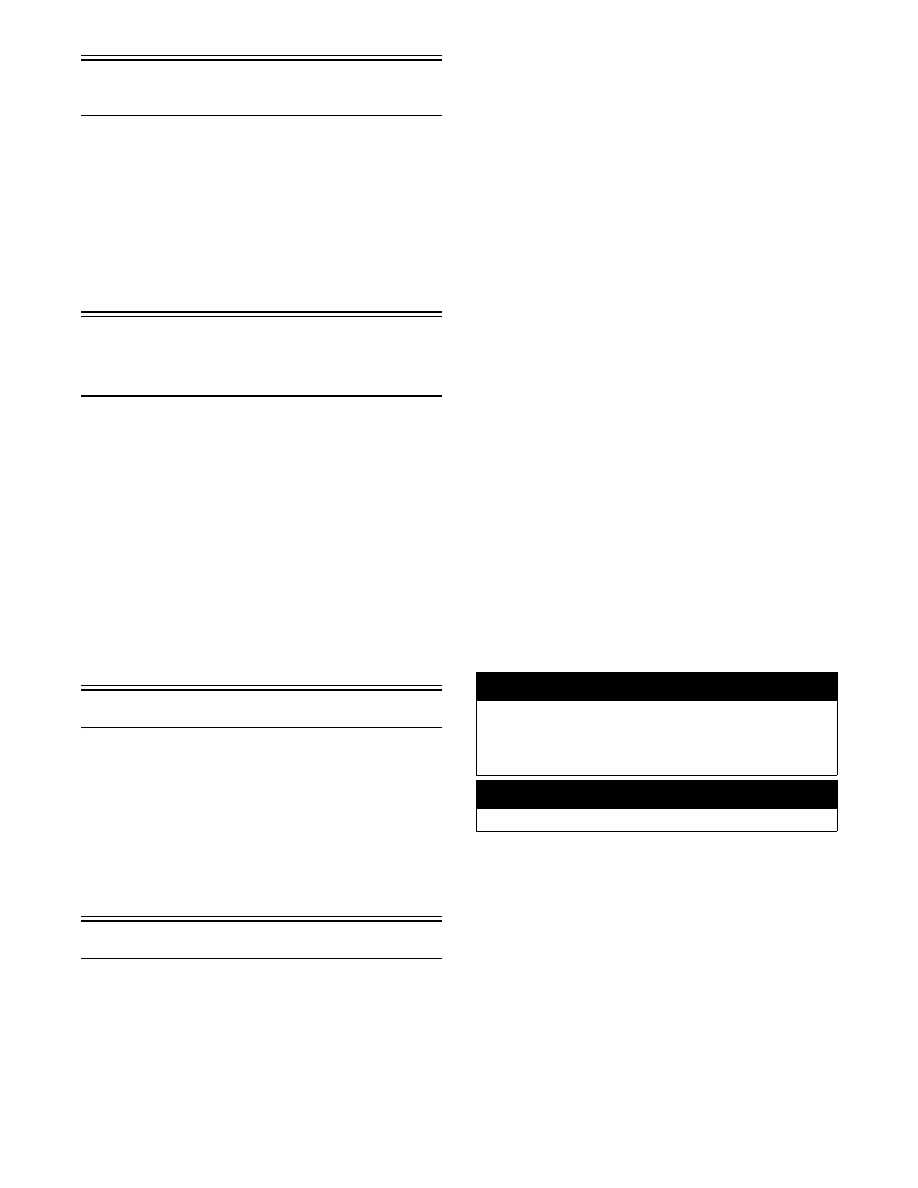Snowmobile Arctic Cat (2008 year). Manual - part 75

4-16
Fuel System
(EFI)
This sub-section has been organized for servicing EFI
fuel systems; however, some components may vary
from model to model. The technician should use dis-
cretion and sound judgment when removing/ disas-
sembling and assembling/installing components.
NOTE: Some illustrations and photographs used
in this section are used for clarity purposes only
and are not designed to depict actual conditions.
Fuel System
(EFI)
Table of Contents
Introduction ........................................................... 4-16
Arctic Cat EFI System ........................................... 4-16
Individual EFI Components ................................... 4-17
Self-Diagnostic EFI System/Codes ....................... 4-19
Testing Individual Components ............................. 4-21
EFI Analyzer/Diagnostic Tool ................................ 4-24
Throttle Body Assembly ........................................ 4-24
Throttle Body Flange............................................. 4-25
Throttle Cable........................................................ 4-25
EFI Component Voltage/Resistance Chart -
Air Temperature ................................................. 4-27
EFI Component Voltage/Resistance Chart -
Water Temperature ............................................ 4-28
Troubleshooting Fuel System................................ 4-29
Introduction
The EFI system is lightweight in design and is made
up of a number of components which are explained in
this sub-section. The EFI system eliminates the worry
of changing main jets to compensate for altitude or
temperature. This EFI system will provide quick and
easy starting under all conditions.
When troubleshooting the EFI system, special tools
are required (see page 2 in this section).
Arctic Cat EFI System
The Arctic Cat EFI System operates off a series of
coils located on the stator.
The EFI system is made up of the following compo-
nents.
1. Charge coils (1 and 2) which are located on the
stator provide AC voltage to the ECU/CCU where
AC voltage is converted to DC voltage.
2. A fuel pump coil located on the stator operates the
low voltage, high output fuel pump. At cranking
speed, the high output fuel pump provides enough
fuel to charge the fuel rail.
3. An injector coil located on the stator provides the
injectors with DC voltage for operation through
the ECU.
4. A lighting coil located on the stator plate provides
output to the CCU to operate accessories and the
lighting system.
5. An electrical control unit (ECU) calculates input
from sensors (intake air temperature sensor, cool-
ant temperature sensor, throttle position sensor,
ignition timing sensor, barometric pressure sensor,
and on the 800 cc, a knock sensor) to provide the
engine with the correct fuel mixture and timing for
optimum operation.
EFI FEATURES
1. Automatic compensation for temperature.
2. Automatic compensation for altitude.
3. Optimum throttle response through high pressure
injection.
4. Quick starting in every condition.
5. Improved fuel efficiency with maximum mileage
in every condition.
6. Engine RPM more stable in every condition.
PRECAUTIONS
! WARNING
Whenever working on the fuel system if a fuel hose
is removed from any component, slowly bleed the
pressure from the hose into an absorbent towel
before removing the hose from the component.
! WARNING
Always tighten fuel hose clamps securely.